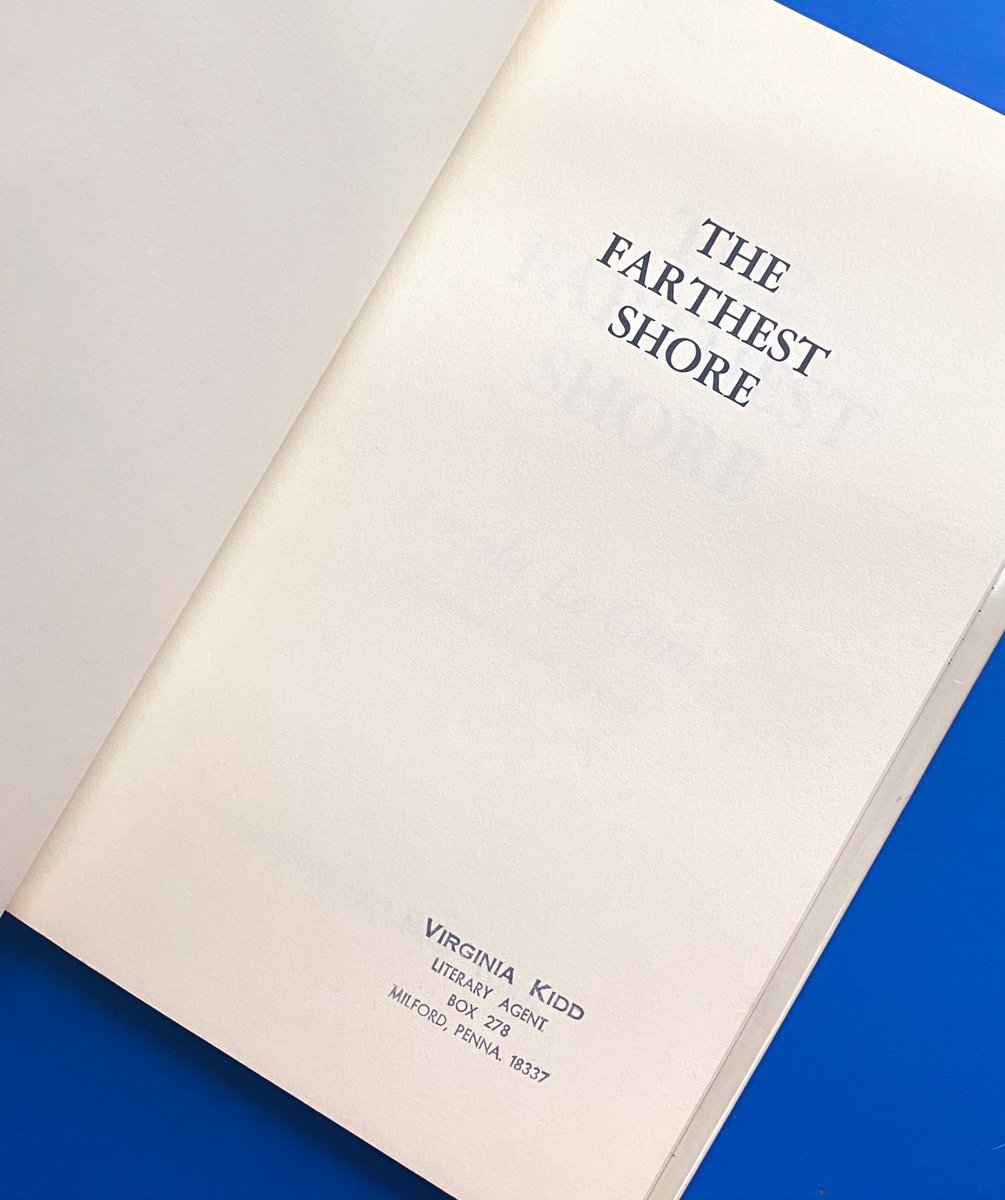Let’s talk about sentimental value vs. market value in rare books. When I tell people that a book they’ve offered me won’t fetch much money on the collectible market, they are often disappointed. Understandable! But I want to praise sentimental value today, not market value.
A beat up 19th century Bible may not have much market value — millions were printed even then — but if it is the copy that has been passed down in your family for generations, its sentimental value is enormous.
As for market value, some would question me using the term “value” at all, which makes it sound inherent. It’s not. The key to market value on a secondhand market like rare books is simply this: “what will people pay for it?”
(Both of these are different from research value, but that’s a thread for another day.)
Market value boils down to an equation of supply and demand: how many opportunities are available for acquisition, and how much do people want it?
In many cases there’s an established record of sales that you can use to price your book. I have seen dozens of copies of Hound of the Baskervilles sell between $4000 & $9000 over the years. Where a particular copy falls in that range is often determined by its unique condition.
Sometimes the equation is harder if there isn’t an established sales record. As a dealer, the market often tells me if I got it right. If I post it & get 6 orders, I probably priced it too low. If I get no orders even from collectors in that area, I may have priced it too high.
Different marketplaces can also lead to different prices because of how those venues affect the supply & demand equation. For instance, at auctions, the price realized depends on factors irrelevant elsewhere, e.g. who is paying attention & participating at the right time.
Sentimental value is, in many ways, superior to market value. The market is going to market. But if you’re a collector, you’re choosing what YOU value. Every once and a while I myself pull a book from sale because it’s worth more to me than the market price I can justify.
I once bought Virginia Kidd’s copy of a Le Guin Earthsea book for resale. But as I learned how central Kidd was to Le Guin’s career as her agent + her impact on the careers of many women sf writers, I realized the current market didn’t justify a price that matched my own esteem.
This is how I came to collect feminist science fiction, especially association copies (those with ownership histories that personally connect them to the book). It was often the case that the relationships they reflected meant more to me than what the rare book market thought.
This is not a market prediction. Just as I don’t advise collectors to buy rare books primarily as investments & instead to focus on what they love, my collection is absolutely a reflection of what I love, not what I think will have significant market share increase in 20 years.
But sentimental value can often reflect what you think is WRONG about the market. The market isn’t some detached force: it’s based in subjective factors like trends, or the interests of the majority of buyers in that venue. It doesn’t have authority so much as it has context.
This is important bc it’s an effective way to get into collecting if you don’t have lots of cash. If there’s a thing you love that doesn’t currently have strong market demand, that’s an opportunity. Darwin’s Origin of Species is $150,000; his book Expression of Emotions is $1500.
Think laterally. The greatest satisfactions of collecting come not from owning what the market tells you is great, but from finding what you, personally, are most moved by.

 Read on Twitter
Read on Twitter


